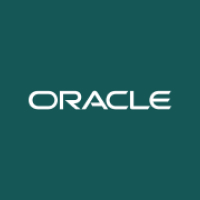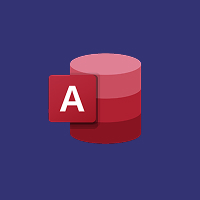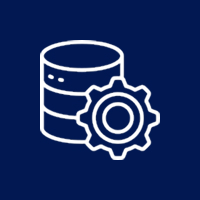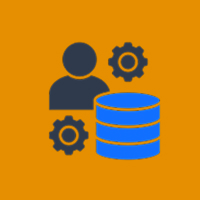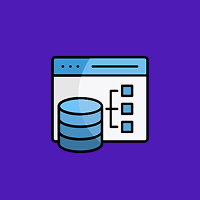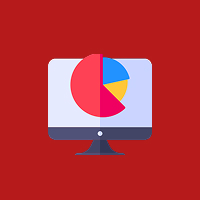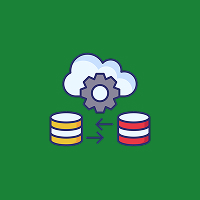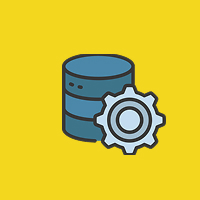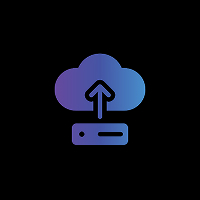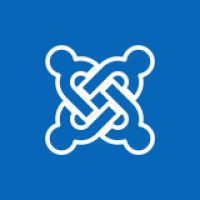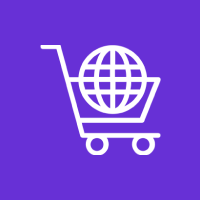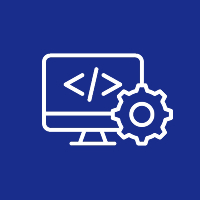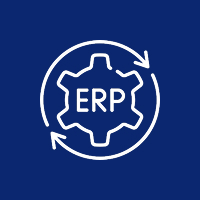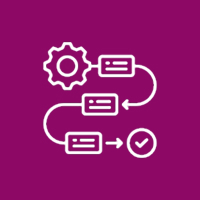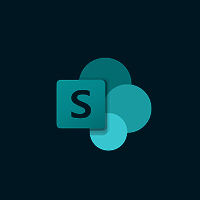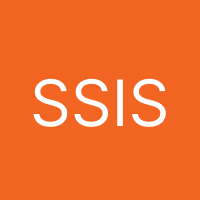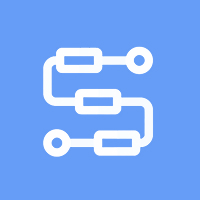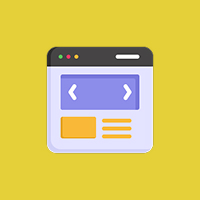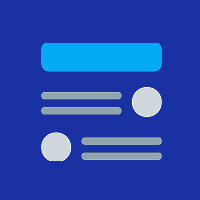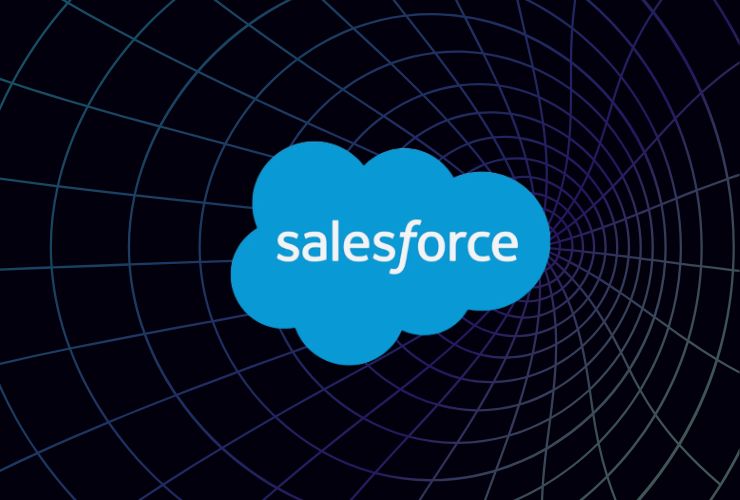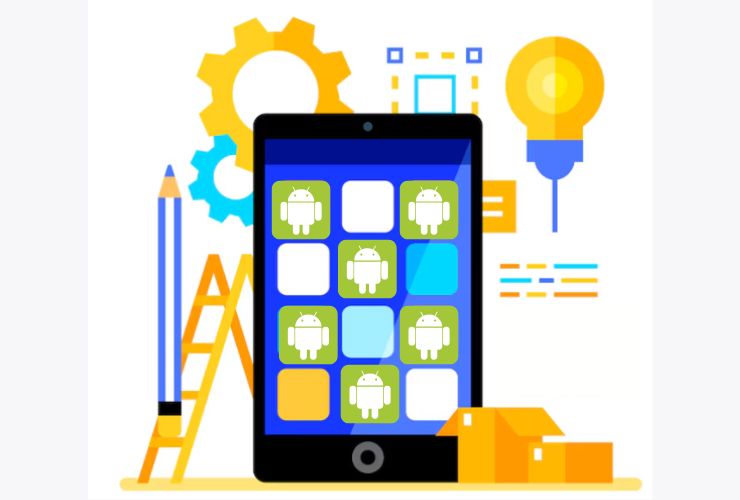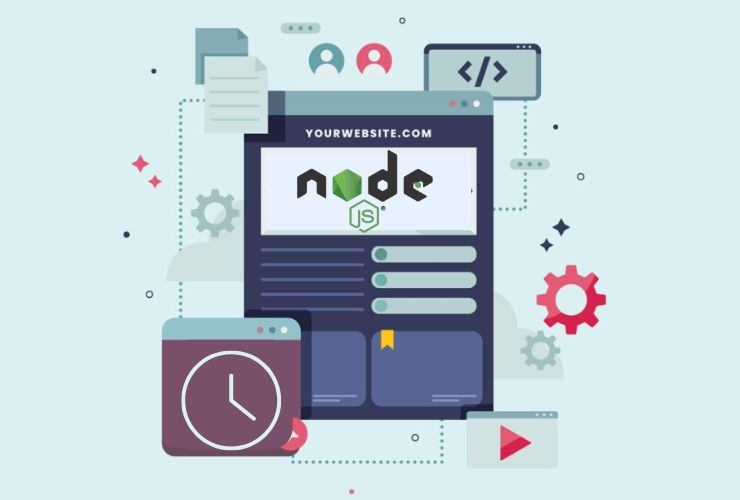Today’s fast-paced, ever-changing business climate is dominated not only by how quickly your teams can work, but also by how effectively your systems support them. Salesforce is more than just an off-the-shelf customer relationship management (CRM) software. It is an enterprise application with powerful capabilities to optimize processes, automate menial tasks, provide detailed insights, and strengthen collaboration, ultimately promoting productivity and growth in your business.
In the following, we dive into the most valuable Salesforce features that serve to improve your teams’ productivity no matter the department.
1. Automating with Flow Builder & Process Builder
Manual processes can be a significant drag on productivity. With Salesforce automation, you can remove the repetitive and mindless work from administrative tasks and focus on the bigger things.
Flow Builder is a drag-and-drop visual interface that you can use to create multi-step automations—perfect for processes like sales approvals, onboarding new customers, or triggering a sequence of complex processes using field values. Flow can handle advanced logic, branching, and it can also integrate with other systems, making it a fit for simple and complex automation use cases.
Process Builder has fewer options than Flow, but it allows you to easily create basic if-this-then-that automations without code. It is mostly used for updating a record, sending alerts, and calculating values, or starting an approval process.
Why it matters: Automating tasks and processes that happen more than once reduces human error, improves consistency, and greatly quickens business process. Less time spent clicking for sales and service reps means more time to actually close deals or help customers!
2. Custom Dashboards & Real-Time Reporting
Only when you actually have real-time access to relevant and trusted information can you make data-driven decisions. With Salesforce’s reporting engine, you can build rich reports that identify key performance indicators (KPIs) across various teams.
You can build custom reports on almost any object or data point, whether that’s opportunity stage velocity, the effectiveness of a campaign, or the time taken to resolve customer support tickets. All reports you create are filterable and can be scheduled for delivery automatically.
Dashboards bring the reports to life with graphs, charts, and visual indicators. Custom dashboards for each role allow users to remain focused on what is most important to them.
Why it matters: Data-driven decisions means there are actionable insights for executives, managers, and front-line users without waiting on data teams—enabling faster, smarter decision-making.
3. Einstein AI & Predictive Analytics
Salesforce Einstein application incorporates artificial intelligence (AI) functionality built right into the CRM. Instead of requiring work from data science teams to build models, Einstein makes available easy-to-use, predictive capabilities out-of-the-box.
Capabilities like Einstein Lead Scoring and Opportunity Scoring look at historical data and predict which prospects are most likely to convert or which deals may need extra attention. Einstein Activity Capture will even automatically sync emails and calendar events, plus both prospect or opportunity predictive insights will direct users to the next best action with smart recommendations.
Why this matters: AI-driven insights will help prioritize efforts and shape decision-making, so teams spend more time on what’s necessary to improve results. This shows up as higher conversion rates, shorter sales cycles, and better management of the pipeline.
4. Integration with Email & Calendar
Most customer interactions take place via email or scheduled meetings. Sales Cloud integrates with the most common email and calendar tools like Gmail and Outlook, so users can transition to Salesforce without switching tools.
This integration allows automatic logging of emails and meetings, calendar syncing, and the ability to access Salesforce data within the email client’s sidebar. Sales reps can create records such as leads, opportunities, or tasks right from their inbox.
Why this matters: Integrated communications will keep every customer touchpoint alive and documented, while still allowing effective workflows each day with fewer keystrokes.
5. Chatter collaboration and file sharing
Team collaboration is more powerful when it’s tied into the records and transaction being worked on. Chatter, Salesforce’s built-in collaboration, enables users to comment, tag users and upload files on any record, including opportunities, cases and accounts.
You are able to follow someone else’s updates, carry on conversations in threads, and get system notifications without leaving Salesforce.
Why it matters: Chatter allows team communication to be organized and based on context, reducing email clutter and ordering that the conversation in Chatter is actually about real business data and tasks.
6. Mobile App & Salesforce Anywhere
With hybrid work and remote work now the norm, mobile access to your CRM is not a luxury, but a requirement. The Salesforce mobile app provides real-time access to records, dashboards, and tasks either in or out of the office on any device.
Salesforce Anywhere provides enhanced productivity tools with embedded chatter, notifications and real-time updates on changes to records and tasks…all while working on-site, at home, or anywhere.
Why it matters: Mobile extends the Salesforce experience to field reps, managers, and remote workers so they can stay connected, informed, and responsive.
7. Set Dynamic Page Layouts and Build an App in Lightning
Salesforce allows users to modify page layouts and user experiences using tools like the Lightning App Builder and Dynamic Forms. Users can display different fields and components based on their role, stage in the sales process, or the data’s context.
You can create dashboards for each user, change the locations of items on the interface, and conditionally show hidden components without writing a single line of code.
Why It Matters: Tailoring the CRM experience increases user satisfaction, reduces the time to get a user up and running, and allows users to quickly find the tools and information they need to be productive.
Getting Started: Easy Ways to Work More Efficiently
Here are some steps for your team to benefit from the powerful features of Salesforce:
- Identify repetitive manual activities and automate them with Flow Builder or Process Builder.
- Create dashboards to help visualize performance trends or track team goals.
- Turn on Einstein scoring to assist users in focusing their time on high-value leads and deals.
- Coordinate email and calendar apps to help tie the communication into Salesforce.
- Leverage Chatter (or updates or notes) for focused contextual collaboration, especially if working remotely.
- Train your users on mobile functionality so they are always connected and productive.
Utilize customized page layouts to improve overall user experience by setting the interface up the way a user works based on their role.
Conclusion
Salesforce is a powerful platform and when used properly, it can be a truly valuable productivity engine for your business. There are many features which help teams work at speed, improve decision making and drive better results from automation to real-time insights to AI based intelligence.
Whether you are just beginning your Salesforce journey or looking to improve your usage, the and our selling focus should be on continuous improvement – enabling your Salesforce use case to evolve in-line with the company’s goals and the team’s workflows.
Want to Achieve the Full Benefits of Salesforce?
Visit E Edge Technology and find out how our services can help you implement or leverage Salesforce features to drive results. From customized workflows to advanced dashboarding and even mobile setup, our certified consultants are here to make Salesforce work smarter for your business.
Let’s make Salesforce your competitive advantage.



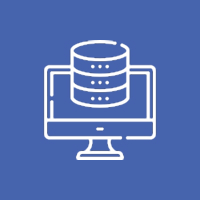





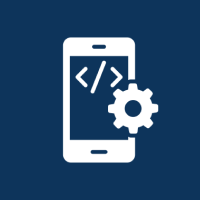



 Database Development
Database Development

